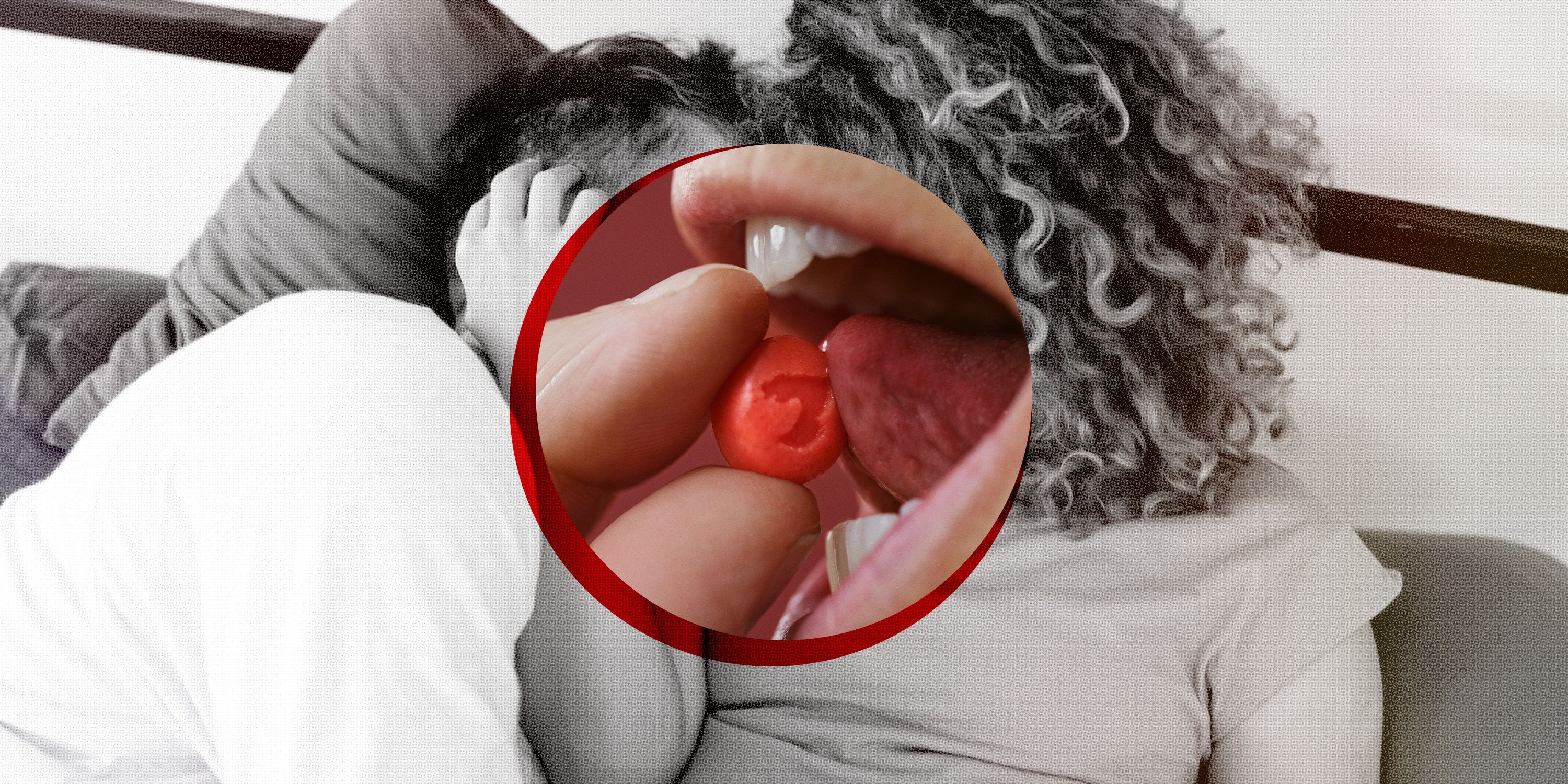Can Tampons Cause IUD Problems? Expert Answers

The question "Can you use tampons with an IUD?" is often asked by individuals who have recently had an intrauterine device (IUD) inserted. Many people worry about the interaction between their menstrual products and their IUDs. While IUDs are widely considered a safe and effective form of contraception, concerns about tampons causing complications or affecting the device's position remain common. In this article, we will explore whether using tampons can cause problems with an IUD and answer other related questions that can help you better understand the relationship between these two aspects of feminine health.
What is an IUD?
Before we delve into the main question, let's take a quick look at what an IUD is and how it works. An IUD is a small, T-shaped plastic or copper device that is placed inside the uterus to prevent pregnancy. It works by altering the environment of the uterus, making it inhospitable to sperm, or in the case of hormonal IUDs, releasing small amounts of progestin to thicken cervical mucus, making it harder for sperm to reach an egg. IUDs are highly effective, with less than a 1% failure rate when used correctly.
Can You Use Tampons with an IUD?
Now, let's get to the crux of the matter: Can you use tampons with an IUD? The short answer is yes, you can use tampons while having an IUD. In most cases, tampons will not interfere with the function of your IUD or cause any problems with its placement. However, there are some important things to keep in mind.
Why Some People Worry About Using Tampons with an IUD
The main concern that people have when using tampons with an IUD is the possibility of accidentally dislodging or expelling the device. IUD expulsion is a rare but possible complication, occurring in less than 5% of people with an IUD. While tampons themselves do not directly cause IUD expulsion, they can sometimes create additional pressure on the cervix, especially if the tampon is inserted improperly or if it is removed too forcefully. This might raise concerns about the device shifting out of position.
However, it’s essential to note that tampons do not typically affect the IUD’s position if inserted and removed correctly. The string of the IUD, which is what you can feel when checking your IUD’s placement, should remain unaffected by tampon use. If you are concerned, you can check the IUD string regularly to ensure it is still in place.
Can Tampons Cause IUD to Become Dislodged?
The risk of an IUD becoming dislodged due to tampon use is extremely low. IUDs are designed to stay in place once they are properly inserted, and the strings are generally tucked into the cervix, where they are unlikely to be disturbed by tampons. The risk of expulsion usually occurs more often in the first few months after the IUD is placed. After this initial period, the device becomes much more securely anchored within the uterus, making tampons less likely to cause any issues.
That said, if you experience any unusual symptoms, such as pain, discomfort, or changes in the position of the IUD strings, it's important to contact your healthcare provider to rule out any complications. The key here is to ensure that both your IUD and tampon use are done in the proper manner.
How to Safely Use Tampons with an IUD
If you're wondering how to safely use tampons while having an IUD, the process is straightforward:
-
Insert the Tampon Properly: Ensure that you insert the tampon as directed, being gentle when doing so. Improper insertion may cause discomfort, but it will not directly affect the IUD.
-
Check the IUD Strings: Before inserting a tampon, it’s a good idea to check the strings of your IUD to ensure they are still in place. Gently feel for the strings at the cervix; they should be slightly visible or palpable. If the strings are shorter, longer, or you can’t feel them at all, contact your healthcare provider to check if your IUD is still correctly positioned.
-
Change Tampons Regularly: To avoid any potential risk of infection or irritation, always change your tampon regularly (every 4-8 hours). Leaving a tampon in for too long may cause other issues unrelated to the IUD.
What to Do If You Experience Discomfort or Problems with Tampon Use
If you notice any discomfort while using tampons after getting an IUD, it may be a sign that the IUD has shifted or that the tampon is being inserted incorrectly. In rare cases, an IUD might be expelled, and you may notice that the strings feel longer or shorter than usual, or you might experience unusual pain or spotting. If this happens, contact your healthcare provider as soon as possible to ensure the IUD is still in place.
Are There Alternatives to Tampons for People with an IUD?
If you find that using tampons with an IUD causes discomfort or you’re worried about possible complications, there are several alternatives you can consider:
-
Pads: Pads are a simple alternative to tampons, and they won’t interfere with the position of your IUD. They can be used during menstruation without concern.
-
Menstrual Cups: Some people with IUDs opt for menstrual cups, which can be a safe alternative to tampons. However, it’s important to follow the instructions carefully to avoid dislodging the IUD.
-
Period Underwear: Period underwear has become increasingly popular and can be a convenient and comfortable option for managing menstrual flow without the need for tampons or pads.
Post-Insertion Care: What to Know After Getting an IUD
After getting an IUD, you may have some specific aftercare instructions to follow. Here are some key points to keep in mind:
-
Monitor for Expulsion: During the first few months after the insertion of an IUD, you should check your IUD strings regularly to make sure it’s still in place. If you can’t feel the strings or if you notice any discomfort, consult your healthcare provider.
-
Watch for Complications: Although rare, complications like infection, IUD displacement, or expulsion can happen. If you experience any unusual symptoms, such as severe pain, fever, or abnormal bleeding, contact your doctor immediately.
-
Avoid Certain Activities for a Few Weeks: After insertion, your healthcare provider might advise you to avoid using tampons for the first few days or weeks to reduce the risk of infection.
Conclusion
So, can tampons cause IUD problems? The answer is no, tampons generally do not pose a significant risk to your IUD. While it’s crucial to insert and remove tampons carefully, using tampons with an IUD should not affect the function or placement of the device. If you ever feel unsure or experience any discomfort, don’t hesitate to reach out to your healthcare provider for advice. Keeping track of your IUD's placement and monitoring any unusual symptoms will ensure that both your IUD and menstrual products work together safely and effectively.
















































































